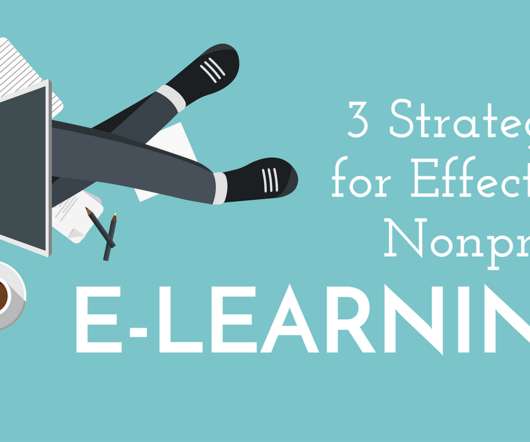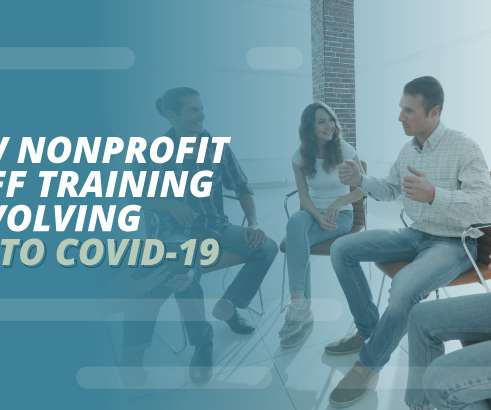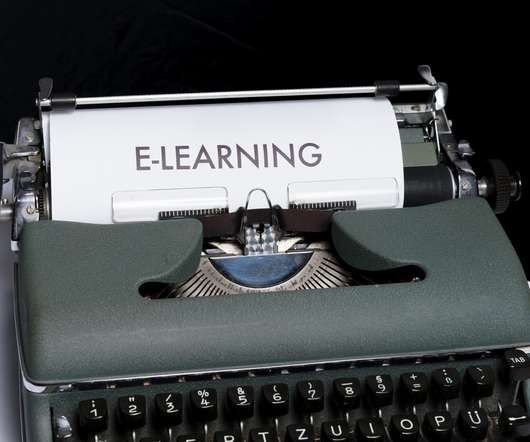3 Strategies for Effective Nonprofit E-Learning
The Nerdy NonProfit
NOVEMBER 13, 2020
Do you have extra time to spend on courses that, while fun and interesting, aren’t going to improve your life in a noticeable way? If we gave you a list of instructions with the following information—and only the following information—what would you do? Amy started with Artisan as a contract writer/instructional designer.











Let's personalize your content